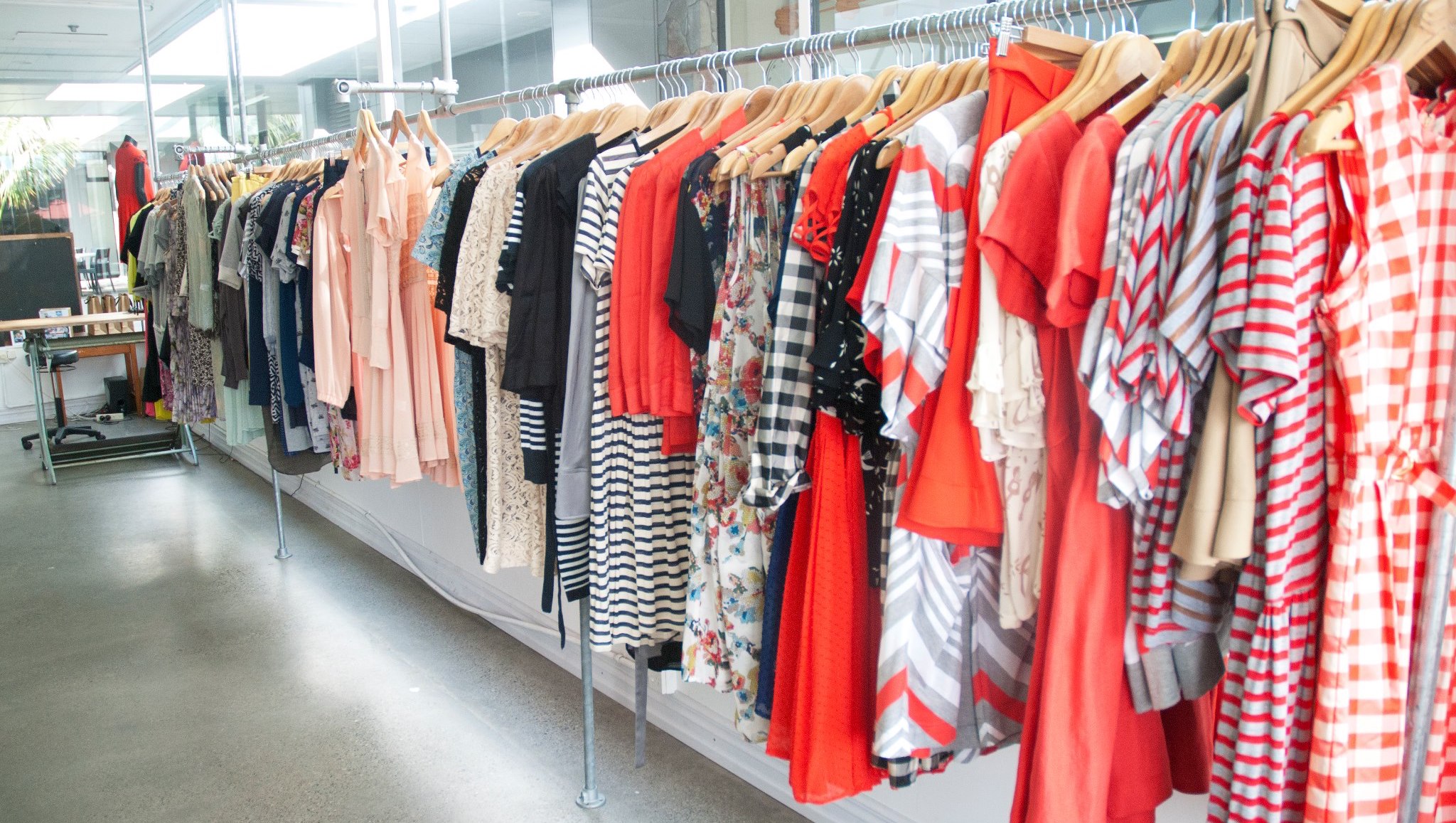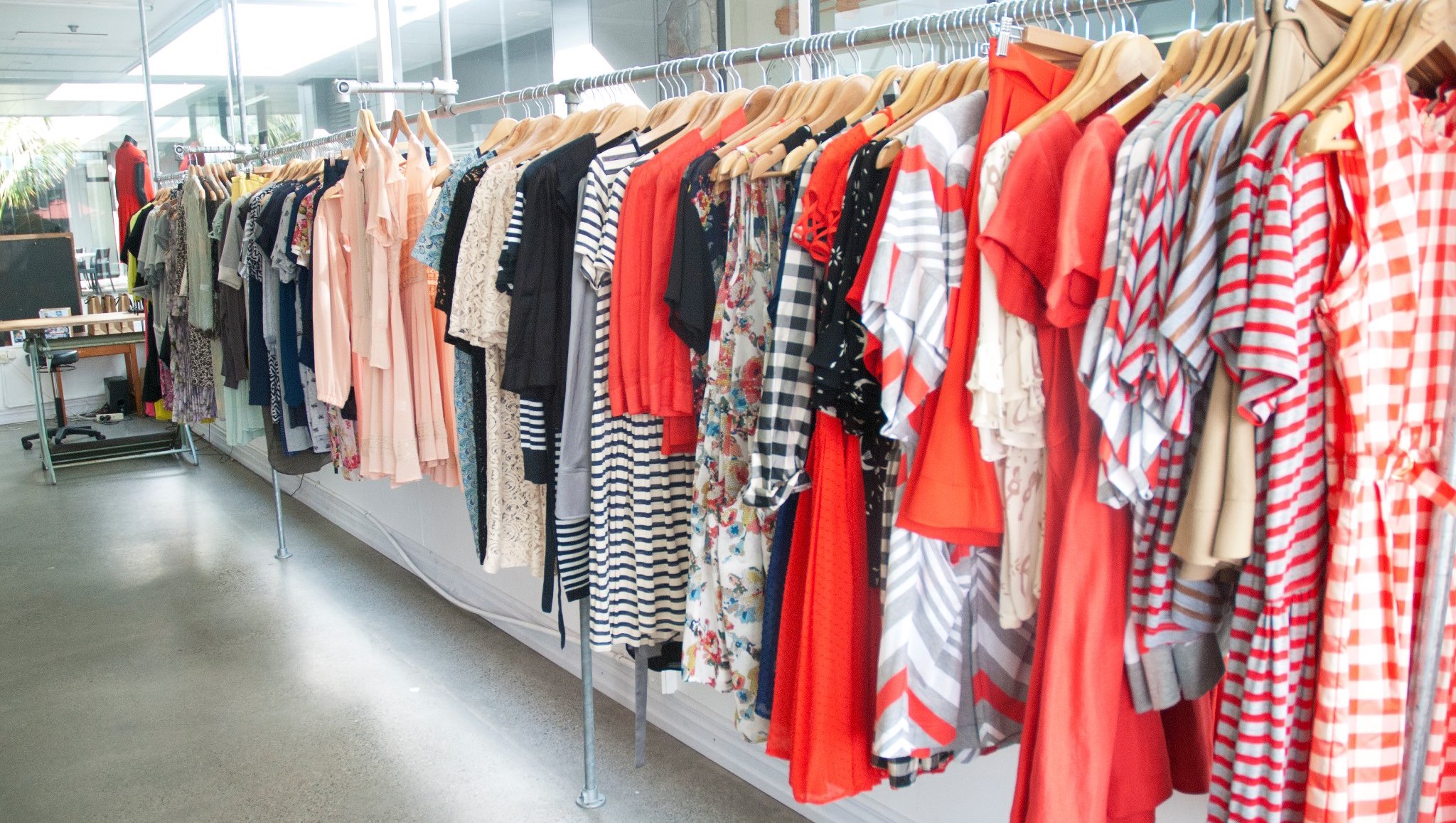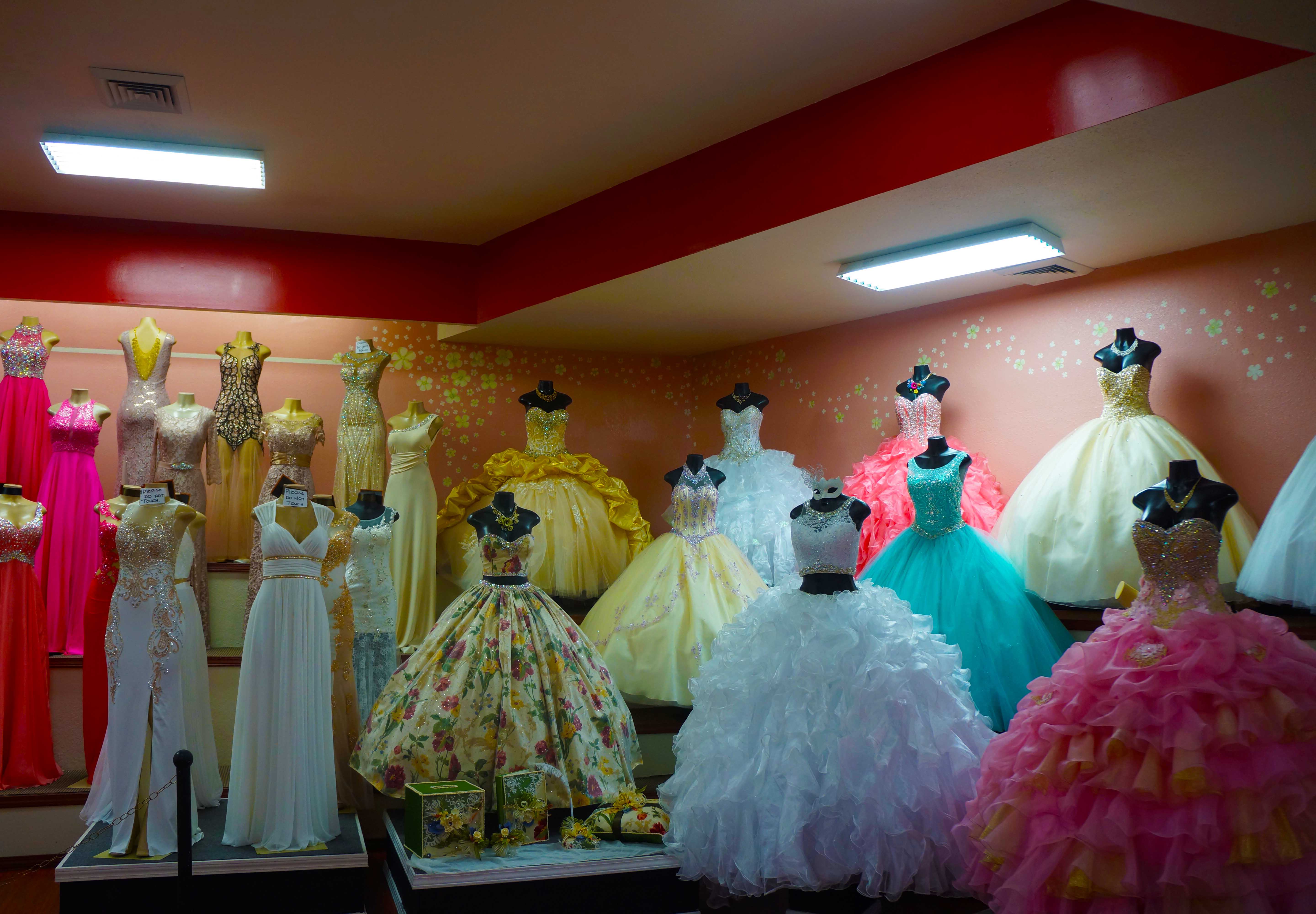
Also Boutique
About
Fashion designers create original clothing, accessories, and footwear. They sketch designs, select fabrics and patterns, and give instructions on how to make the products they designed.
Duties
Fashion designers typically do the following:
- Study fashion trends and anticipate designs that will appeal to consumers
- Decide on a theme for a collection
- Use computer-aided design programs (CAD) to create designs
- Visit manufacturers or trade shows to get fabric samples
- Select fabrics, embellishments, colors, or style for each garment or accessory
- Work with other designers or team members to create a prototype design
- Present design ideas to the creative director or showcase them in fashion or trade shows
- Market designs to clothing retailers or directly to consumers
- Oversee the final production of their designs
Larger apparel companies typically employ a team of designers headed by a creative designer. Some fashion designers specialize in clothing, footwear, or accessory design, but others create designs in all three fashion categories.
For some fashion designers, the first step in creating a new design is researching current fashion and making predictions of future trends, using trend reports published by fashion industry trade groups. Other fashion designers create collections from inspirations they get from their regular surroundings, from the cultures they have experienced and places they have visited, or from various art media that inspire them.
After they have an initial idea, fashion designers try out various fabrics and produce a prototype, often with less expensive material than will be used in the final product. They work with models to see how the design will look and adjust the designs as needed.
Although most designers first sketch their designs by hand, many now also sketch their ideas digitally with computer-aided design (CAD) programs. CAD allows designers to see their work on virtual models. They can try out different colors, design, and shapes while making adjustments more easily than they can when working with real fabric on real people.
The designers produce samples with the actual materials that will be used in manufacturing. Samples that get good responses from editors or trade and fashion shows are then manufactured and sold to consumers.
Although the design process may vary by specialty, in general it takes 6 months from initial design concept to final production, when either the spring or fall collection is released. Some companies may release new designs as frequently as every month, in addition to releases during the spring and fall.
The Internet and e-commerce allow fashion designers to offer their products outside of the traditional brick-and-mortar stores. Instead they can ship directly to the consumer, without having to invest in a physical shop to showcase their products lines.
The following are examples of types of fashion designers:
Clothing designers create and help produce men's, women's, and children's apparel, including casual wear, suits, sportswear, evening wear, outerwear, maternity, and intimate apparel.
Footwear designers create and help produce different styles of shoes and boots. As new materials become available, such as lightweight synthetic materials used in shoe soles, footwear designers produce new designs that combine comfort, form, and function.
Accessory designers design and produce items such as handbags, suitcases, belts, scarves, hats, hosiery, and eyewear.
Costume designers design costumes for the performing arts and for motion picture and television productions. They research the styles worn during the period in which the performance takes place, or they work with directors to select and create appropriate attire. They also must stay within the costume budget for the particular production.
Work Environment:
Fashion designers held about 22,300 jobs in 2012. Fashion designers work in wholesale or manufacturing establishments, apparel companies, retailers, theater or dance companies, and design firms.
More fashion designers work for wholesalers or manufacturers than for any other industry. The lines of apparel and accessories of these wholesalers and manufacturers are sold to retailers or other marketers for distribution to individual stores, catalog companies, or online retailers. In many cases, these designers are “in-house designers.” Although the brands may be familiar to many consumers, the individual designers are largely unknown.
Contact Information
Products & Services
Gallery



Enjoy Premium benefits
Flat 50% off - UPGRADE NOW!
PREMIMUM PACKAGES |
||
| SILVER | GOLD | PLATINUM |
| 3 Months | 6 Months | 1 Year |
| Rs. 10000 Rs. 5000 |
Rs. 15000 Rs. 7500 |
Rs. 22000 Rs. 11000 |
BENEFITS OF PREMIUM MEMBERSHIP:
- - Enjoy Edit business option
- - Enjoy freely posting without an approval.
- - EnjoyEnquiry formbenefit to grab more business and customers.
- - Enjoy uniqueBlog Option. Post your regular updates and we will aggressively promote your business to 5 lakh people via social communities.
- - Post more than one business and make changes as much as you wish.
- - Post as many images as you like.
- - Enjoy SEO option and provide as many keywords for your business as you like.
- - Enjoy customising business and profile URL
- - Enjoy Premium badge beside your business name.
Let's stay in touch
Subscribe with us! Get time to time updates of Events in Hyderabad including dance, music concerts, sport, technology, competitions, and many more.


